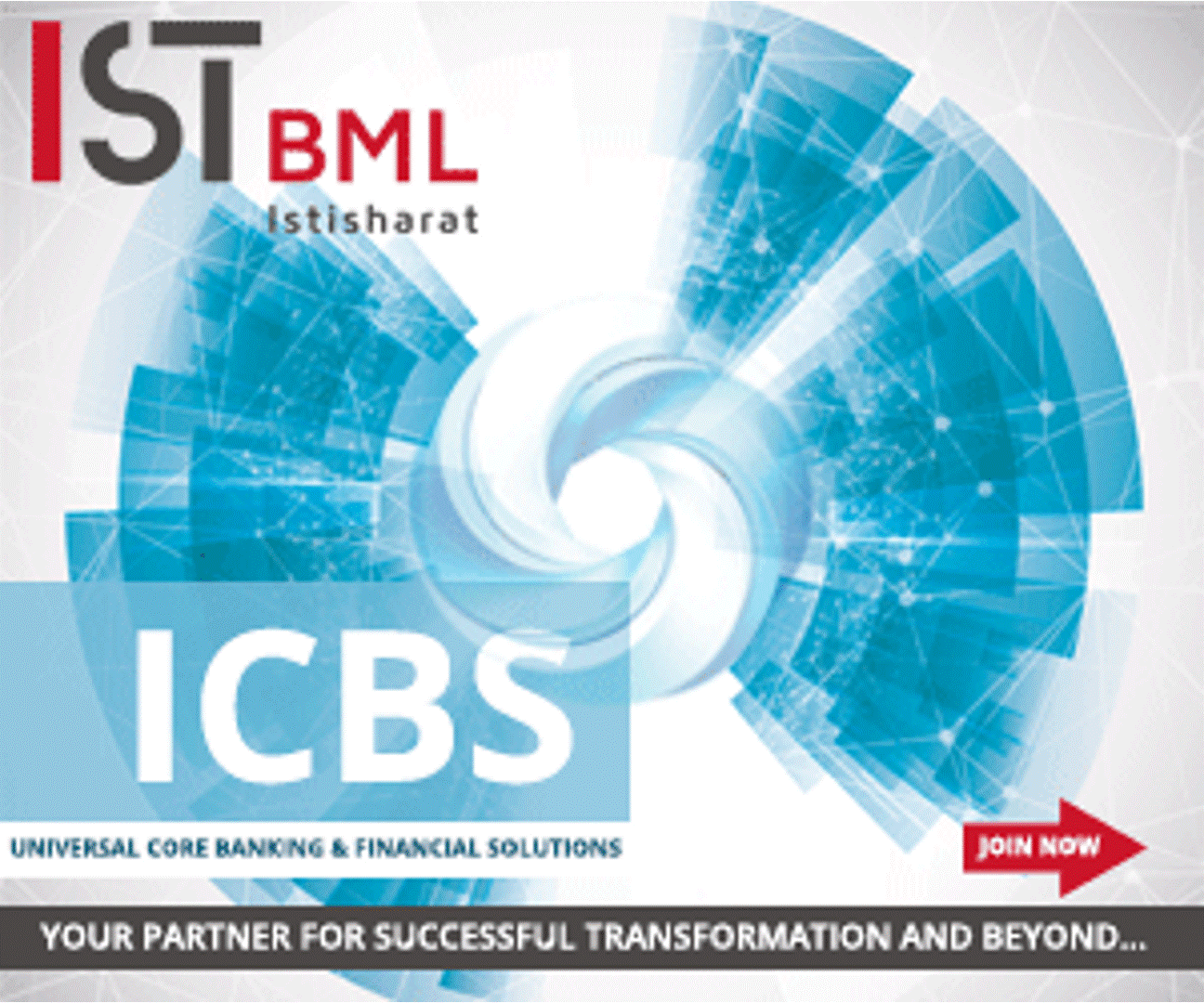 Back
Back
Embedded finance: a way ahead
By Puja Sharma

Embedded finance is integrating a financial service or technology with a traditionally non-financial product. Essentially, it uses technologies to integrate payments or services into a non-financial platform such as the company’s website, or a mobile application for making payments invoices, and overall business seamless.
With the increasing usage of smartphones in today’s time, it has inevitably become the new wallet. People today can get everything done with a click of a button. That said, the speed of transactions and banking has also taken a major turn.
Retail lending alone represents almost a third (29%) of the embedded finance opportunity, with the digitalization of retail services set to drive increased adoption of digital wallets and flexible finance options, such as point of sale lending and ‘Buy Now Pay Later’ services.
Embedded finance, will allow companies to provide customers with diverse offerings and a better user experience. In a short period, these companies will start incorporating such tech-driven offerings into their system to provide an end-to-end experience to their customers.
Changing landscape
In India, e-commerce companies have also started offering lending opportunities to their clients and customers. Such opportunities come with their own set of challenges such as increased competition among peers, customers loyalty, and an oligopoly market.
Embedded finance might affect the financial industry by forcing incumbent banks and other large enterprises to evolve or die. Customers’ loyalty will change and they may very well transition to smaller banking and insurance companies if those companies can offer more value from their services.
For example, a bank could offer more than typical financings such as stock trading and other investment programs. Banks and insurance companies could either be replaced by a stronger competitor or would have to upgrade to embedded finance.
The demand for Artificial intelligence and Big Data would significantly increase, without a doubt. With the combination of the two, companies and banks can offer more than payment options e.i, insurance.
Embedded finance would lead the evolution of the market overall, it would allow companies to offer more than their niche products. Companies could become multi-faceted and provide everything a customer would demand and more.
In emerging nations, collaboration would be the way to go for banks and companies in the embedded finance landscape, as it has not been accepted by customers who still prefer the traditional way of purchasing products. Moreover, lack of awareness of the advancing technology also factors in, however, Covid-19 has proven to have revamped the idea of finance/transactions for people across the globe and that could accelerate the growth of embedded finance in these regions.
Global embedded finance is expected to reach $291.25bn by 2025, growing at a phenomenal CAGR of 5.8% during the forecast period of 2019-2025. The growth would be led by various factors, including a rampant increase in the usage of laptops, smartphones, computers, and enhancing technologies such as the usage of machine learning, AI, APIs among others. Geography is the other factor the developed countries such as the US, China, and Europe are already ahead in embedded finance, however, a significant rise in embedded finance can seem in the emerging nations.
IBSi FinTech Journal
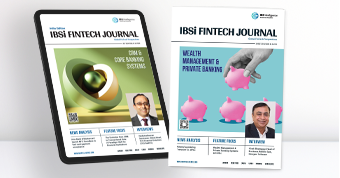
- Most trusted FinTech journal since 1991
- Digital monthly issue
- 60+ pages of research, analysis, interviews, opinions, and rankings
- Global coverage
Other Related News
Related Reports

Sales League Table Report 2025
Know More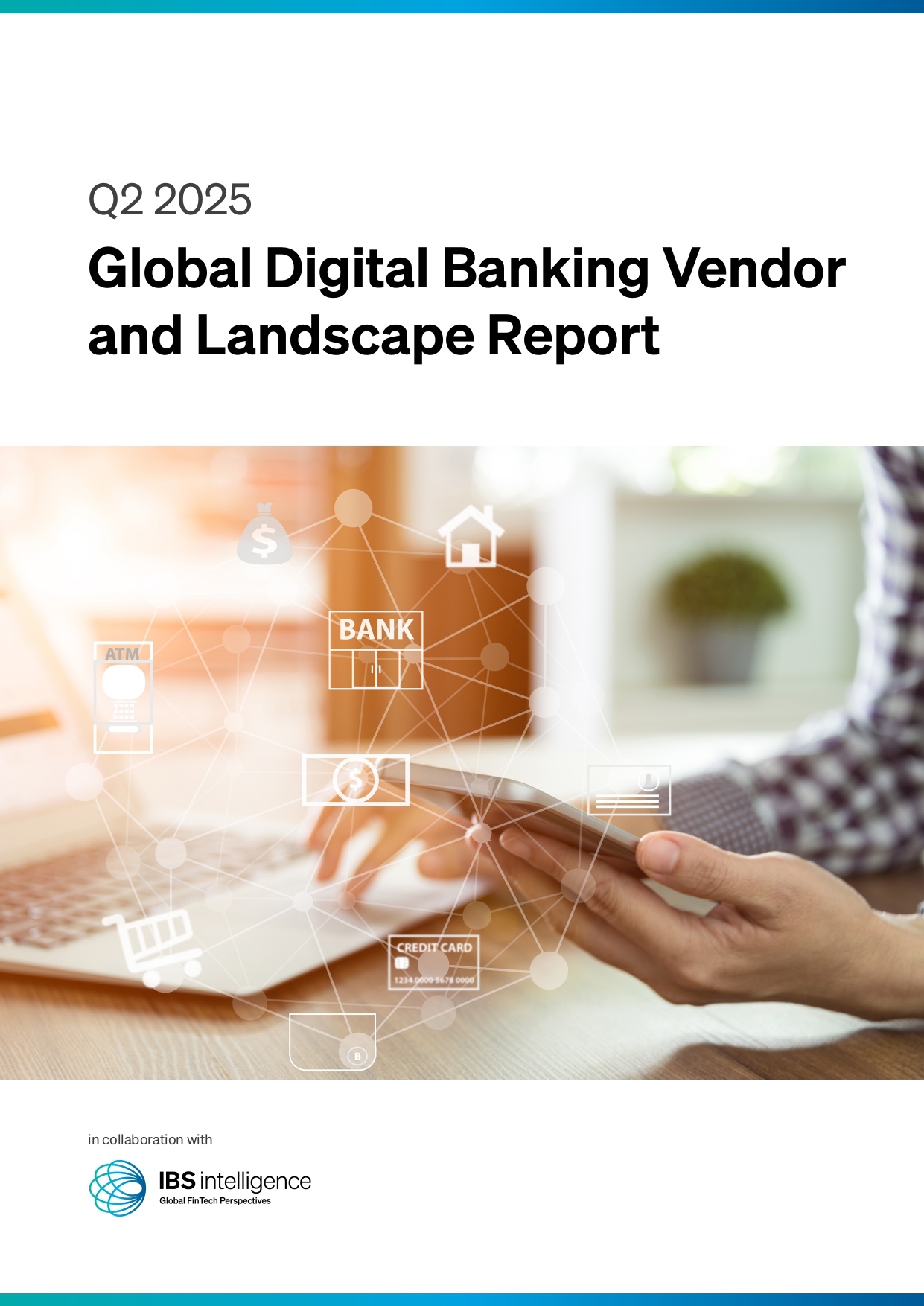
Global Digital Banking Vendor & Landscape Report Q2 2025
Know More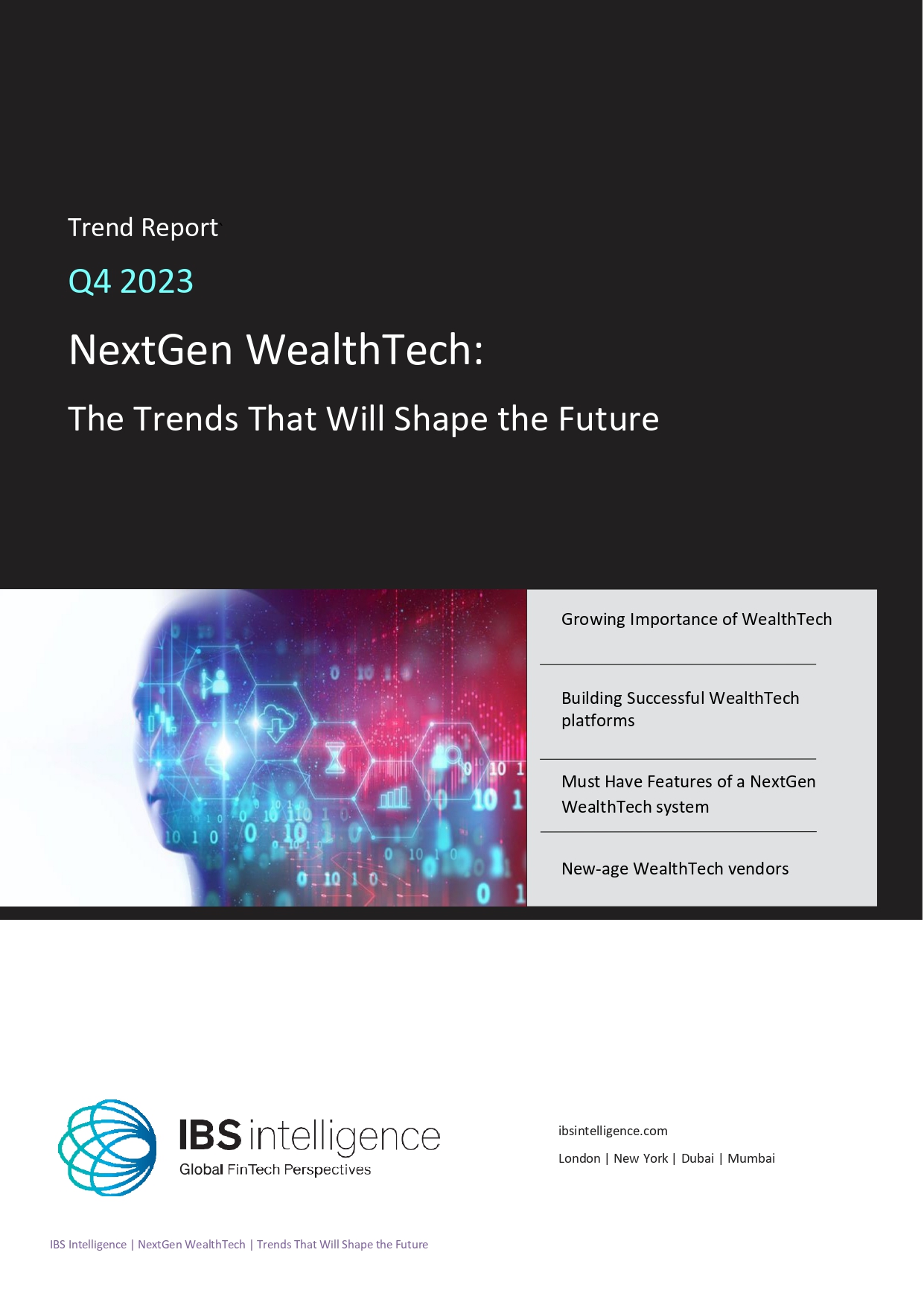
NextGen WealthTech: The Trends To Shape The Future Q4 2023
Know More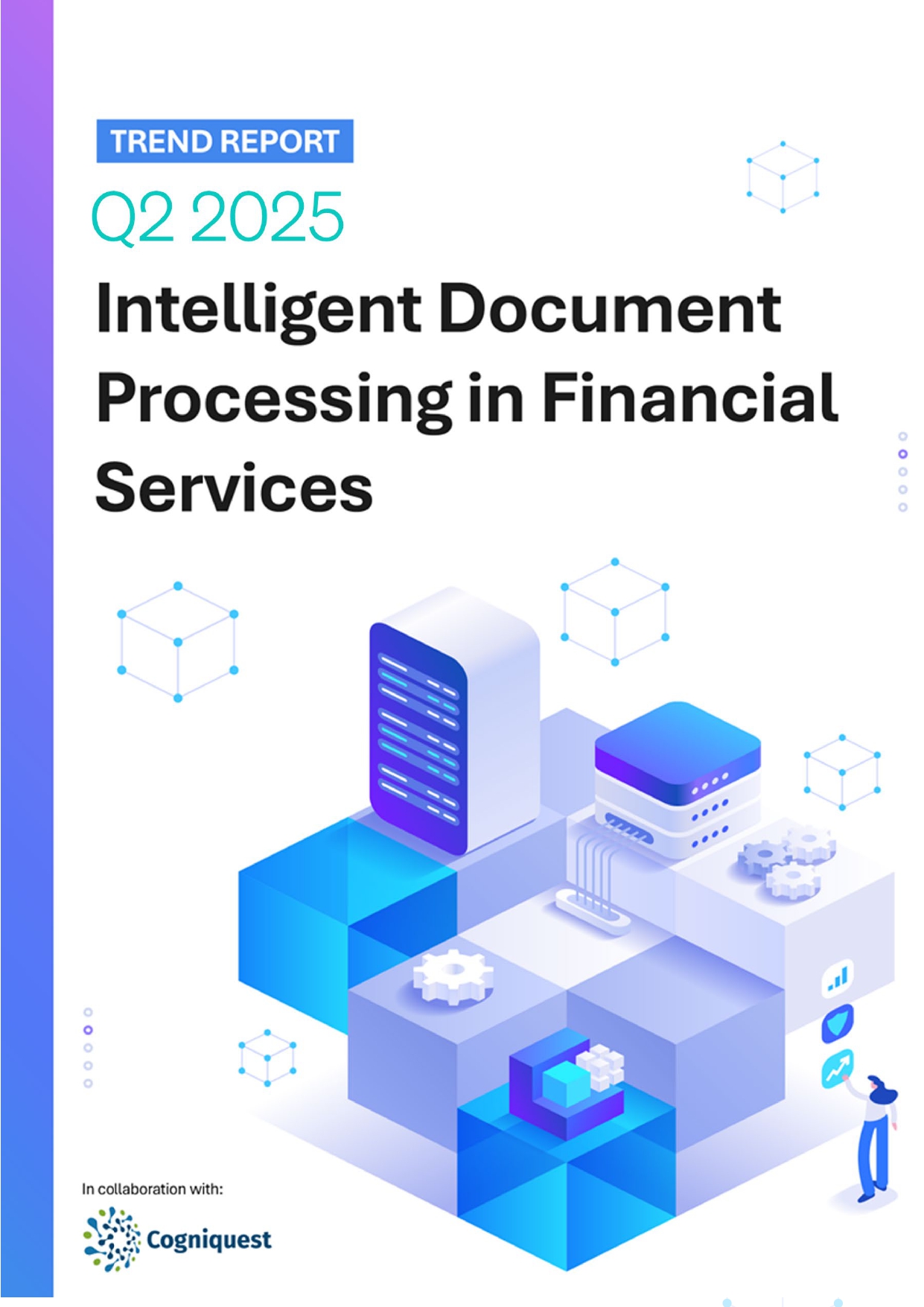
Intelligent Document Processing in Financial Services Q2 2025
Know More

